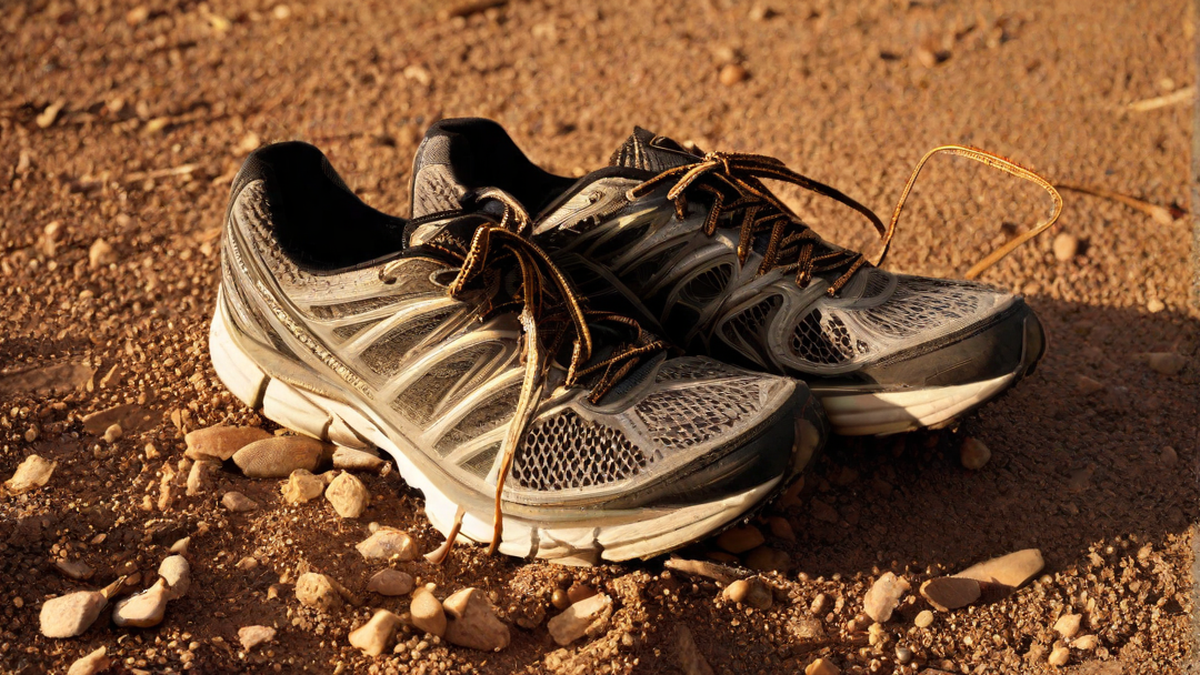When it comes to running, having the right pair of shoes is crucial. As a passionate runner myself, I understand the importance of finding the perfect pair of running shoes that not only provide comfort and support but also enhance performance. One common question that runners often ask is, “How many miles should I run before getting new running shoes?” Well, my friend, let’s dive deep into this topic and explore the factors that can help us answer this question.
The Lifespan of Running Shoes
The lifespan of running shoes depends on various factors like the type of runner you are, the terrain you run on, your running technique, and the quality of the shoes. Generally, running shoes can last anywhere between 300 to 500 miles. However, this is just a general estimate, and it may vary for each individual.
It’s important to keep in mind that running shoes experience wear and tear over time. The cushioning in the midsole, which provides shock absorption and support, gradually breaks down with each step you take. As a result, the shoes become less effective in providing the necessary protection for your feet and legs.
Signs that It’s Time for New Shoes
Instead of solely relying on the number of miles you’ve run, pay close attention to the signs that indicate it’s time to retire your current pair of running shoes:
- Excessive Wear and Tear: Inspect the soles of your shoes for any signs of wear and tear. If you notice uneven or bald spots, it’s a clear indicator that your shoes have served their purpose.
- Decreased Cushioning: If you feel like the cushioning in your shoes is no longer providing the same level of comfort and support as before, it’s a good sign that it’s time to consider getting a new pair.
- Pain or Discomfort: If you start experiencing persistent pain or discomfort in your feet, ankles, knees, or shins during or after a run, it could be an indication that your shoes are no longer providing adequate support.
Listen to Your Body
While the number of miles can give you a rough estimate of when to replace your running shoes, it’s important to listen to your body. Everyone’s running style, body mechanics, and habits are unique. Some runners may need to replace their shoes more frequently, while others may get more mileage out of them.
Pay attention to how your body feels during and after your runs. If you notice any signs of discomfort, pain, or decreased performance, it may be a sign that your shoes have reached their limit. Trust your instincts and prioritize your comfort and safety.
Investing in the Right Shoes
Getting new running shoes can be an investment, but it’s essential for your overall running experience and injury prevention. Consider visiting a specialty running store or consulting with a professional to ensure you choose the right shoes for your specific needs.
Remember, running shoes are not one-size-fits-all. Factors like your foot type, arch support, and pronation patterns play a significant role in selecting the right pair. Taking the time to find the perfect fit will ultimately enhance your running performance and reduce the risk of injuries.
Conclusion
So, my fellow runners, when it comes to replacing your running shoes, it’s important to consider both mileage and the signs of wear and tear. While the general guideline of 300 to 500 miles can be helpful, it’s crucial to listen to your body and prioritize your comfort and safety. Investing in the right pair of running shoes will not only enhance your running experience but also contribute to your long-term running goals. Happy running!

